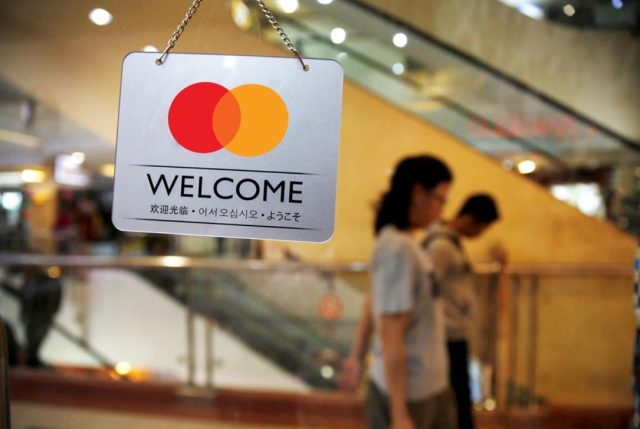Mastercard has dispatched a buy now, pay later (BNPL) business card to give more adaptable financing choices to small or start-ups companies in the Asia-Pacific, riding on the worldwide global boom of the consumer-oriented BNPL industry that is set to exceed US$1 trillion (S$1.35 trillion) in annual gross product volume by 2025.
In an industry first, the new Pay and Split card will empower business cardholders to change over any purchase from 80 million merchants worldwide where Mastercard is acknowledged monthly or occasionally.
According to the payment giant’s statement, without any hassle, organizations can make installment finance purchases from providers throughout the world and better manage cash flow while abolishing the managing fragmented payment plans.
Interest in BNPL items is exceptionally high in Singapore, where 80% of respondents reviewed by Mastercard expressed interest in utilizing an installment product explicitly made for small companies and businesses, and in India, where 77% said interest.
From a worldwide view, 75% of those possessing small and medium-sized business holders used installments for personal purchases said they would probably take on similar payment solutions for their business.
During the pandemic, getting to acknowledge or observe loans for favorable lending conditions has been difficult for some start-ups business holders, particularly those that do not have the financial record that more settled organizations regularly have.
With that in mind, Pay and Split will likewise offer a way for more modest organizations to fabricate a credit history.
“Many small business owners rely on personal lines of credit or non-bank lenders to help finance their operations, which is not ideal in terms of sustainable business growth. Pay & Split brings new credit opportunities to smaller operators who may not meet certain thresholds for a traditional commercial credit card or term loan but need working capital to stay afloat or expand,” said Mr. Sandeep Malhotra, Mastercard’s executive vice-president of products and innovation in the Asia-Pacific.
He also added that it also opens the entryway for organizations to create a credit rating, which would be utilized to apply for more sophisticated credit products as the business develops.


















